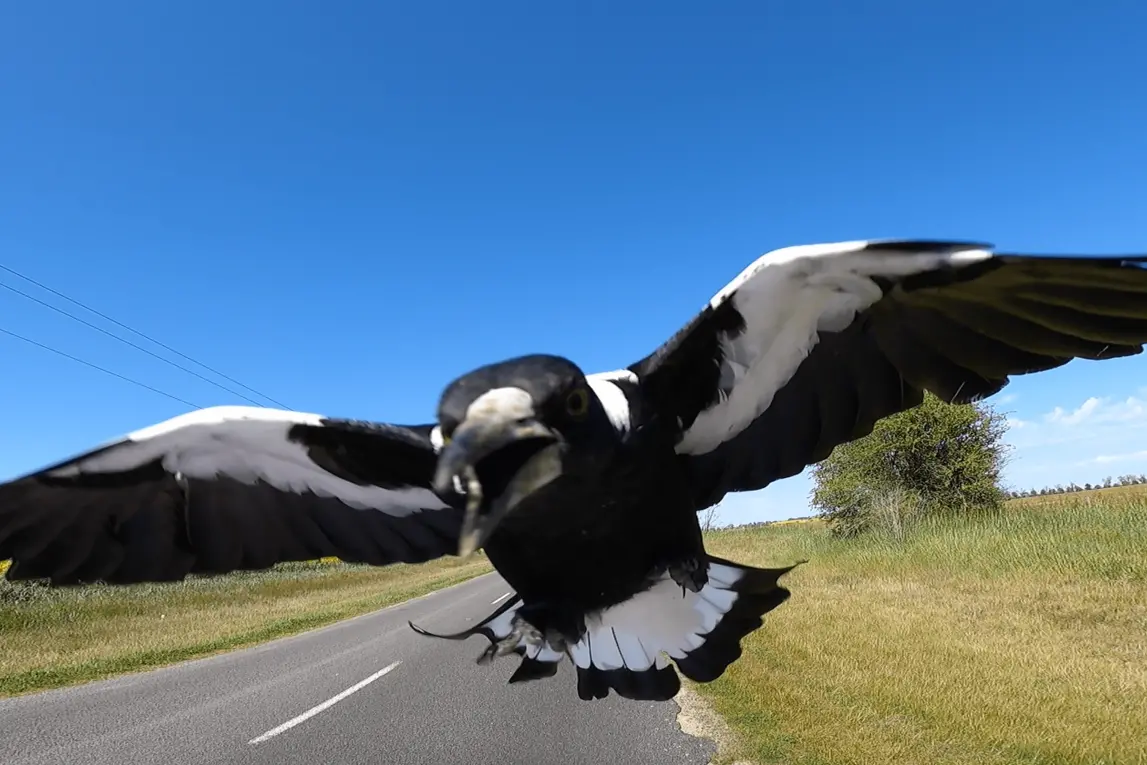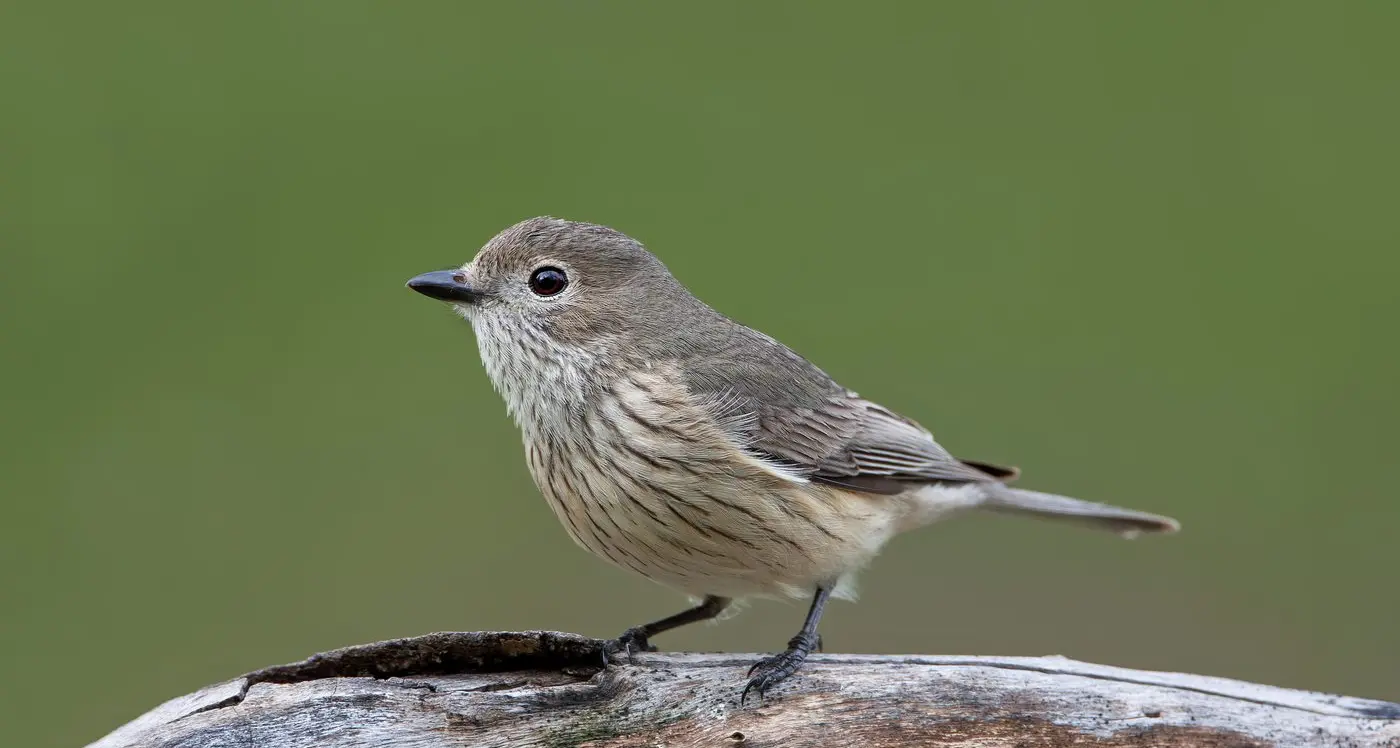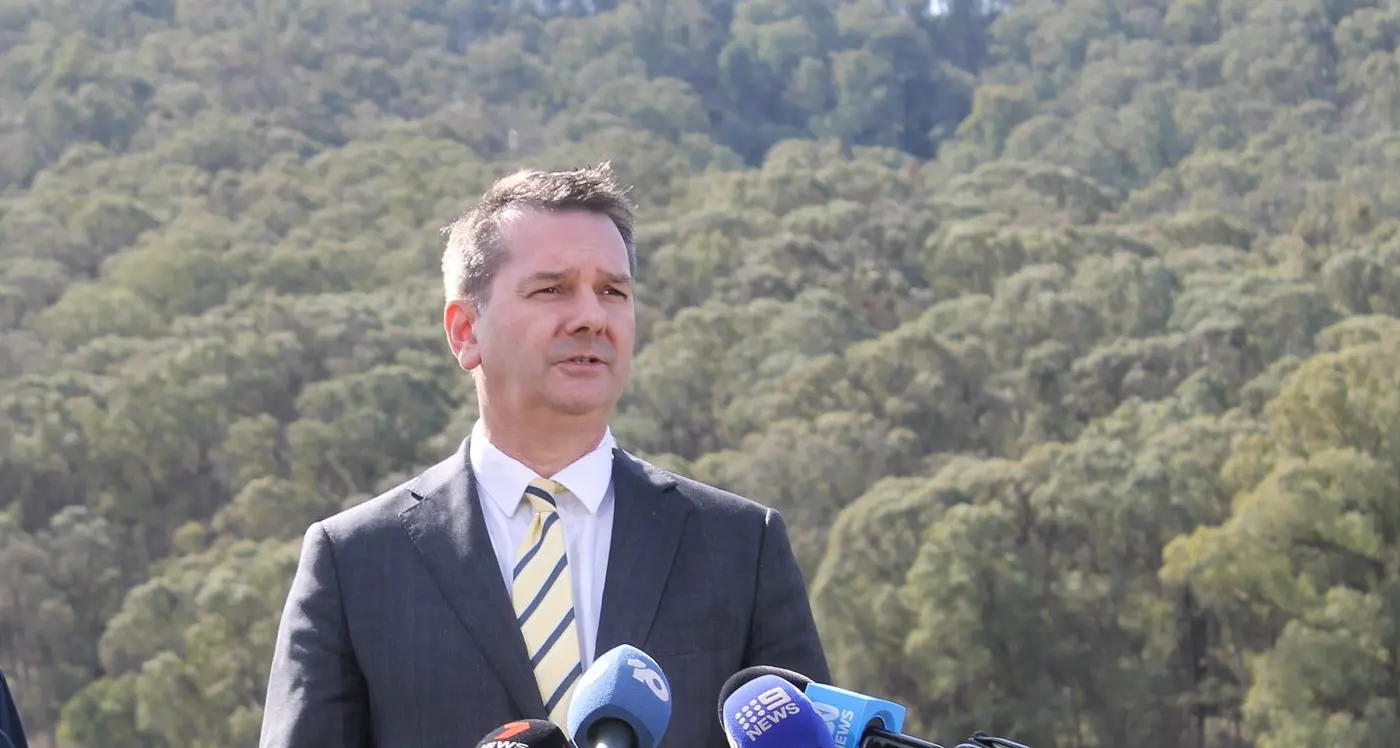PHOTO
Spring is in the air and as the mercury rises, locals are stepping out to enjoy longer, warmer days.
But there’s another local feathered friend who’s also more active in spring – the notorious Australian Magpie.
It’s that time of year again – Magpie swooping season is officially back.
For the next few months, a small percentage of male magpies turn territorial, defending their nests from what they view as potential threats – that includes humans.
If you’ve ever been the target of a Magpie attack, you’ll know it can be terrifying.
In most cases, the birds will swoop low and fast as a warning, clacking their bills overhead.
But occasionally a Magpie will strike at their target’s head, drawing blood with their beak or claws.
The behaviour is defensive, not aggressive and swooping usually stops once the chicks fledge and leave the nest.
But in the meantime, there are some measures you can take to try to stay safe if you encounter a protective parent.
Some simple steps to reduce the risk of a nasty encounter are:
• Pay attention to any magpie nesting sites by listening out for their distinctive calls - avoid known swooping zones and consider putting up a warning sign for others.
• Wear a wide-brimmed hat or carry an open umbrella for protection.
• Carry a stick or small branch above your head, but do not swing it at the magpie, as this will only provoke it to attack further.
• Cyclists should consider fitting a flag to their bike, dismount and walk through affected areas – bikes seem to trigger more swoops.
• Travel in groups; magpies are more likely to swoop lone individuals.
• Walk quickly and calmly away from the area and don’t make direct eye contact with magpies in trees.
• If swooped, keep moving - you’re still in the bird's territory until you’re well clear.
Magpies are protected throughout NSW and it is against the law to kill or harm them.
If you find an injured or orphaned native bird or animal, contact WIRES on 1300 094 737 or report a rescue on their website.





